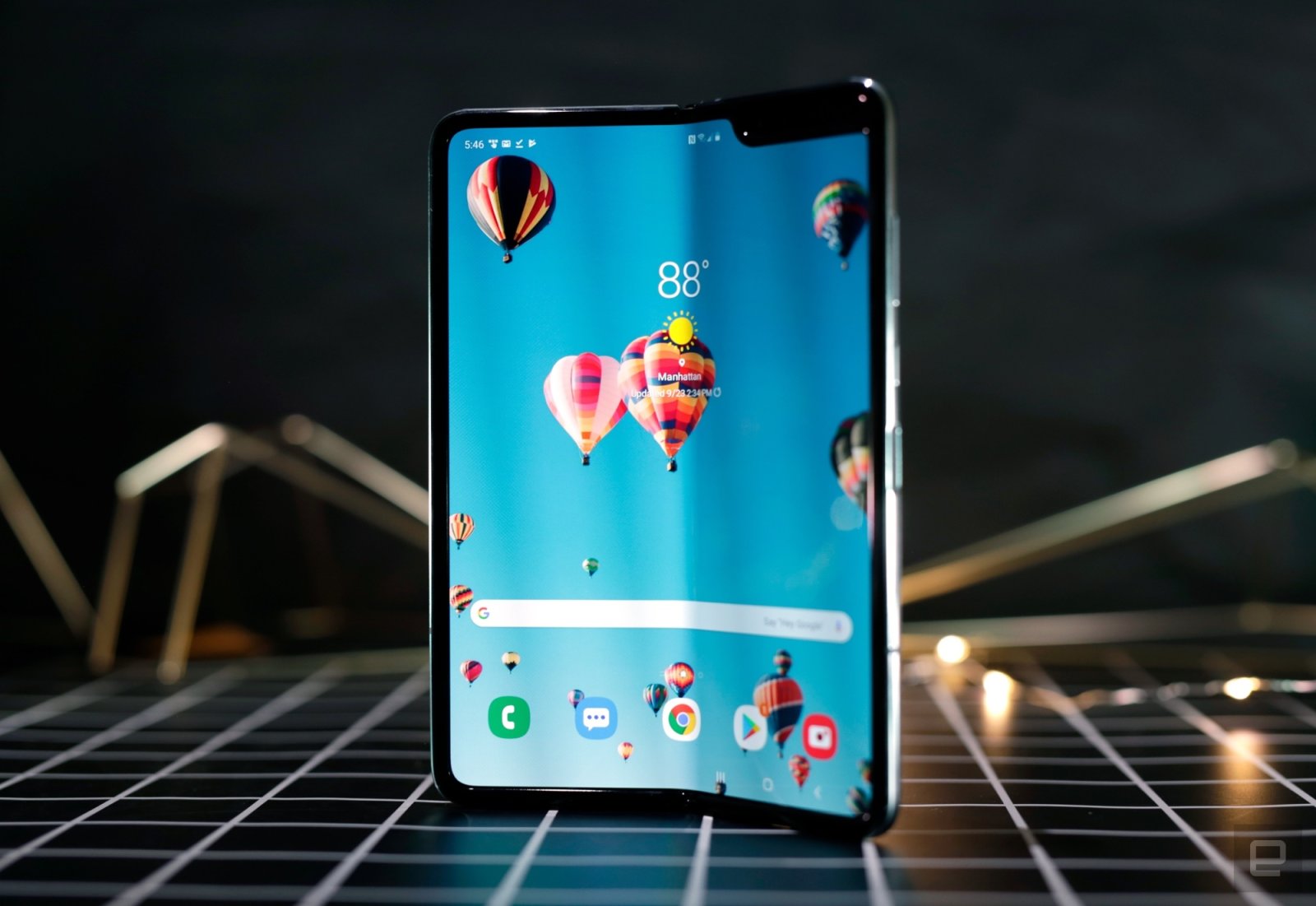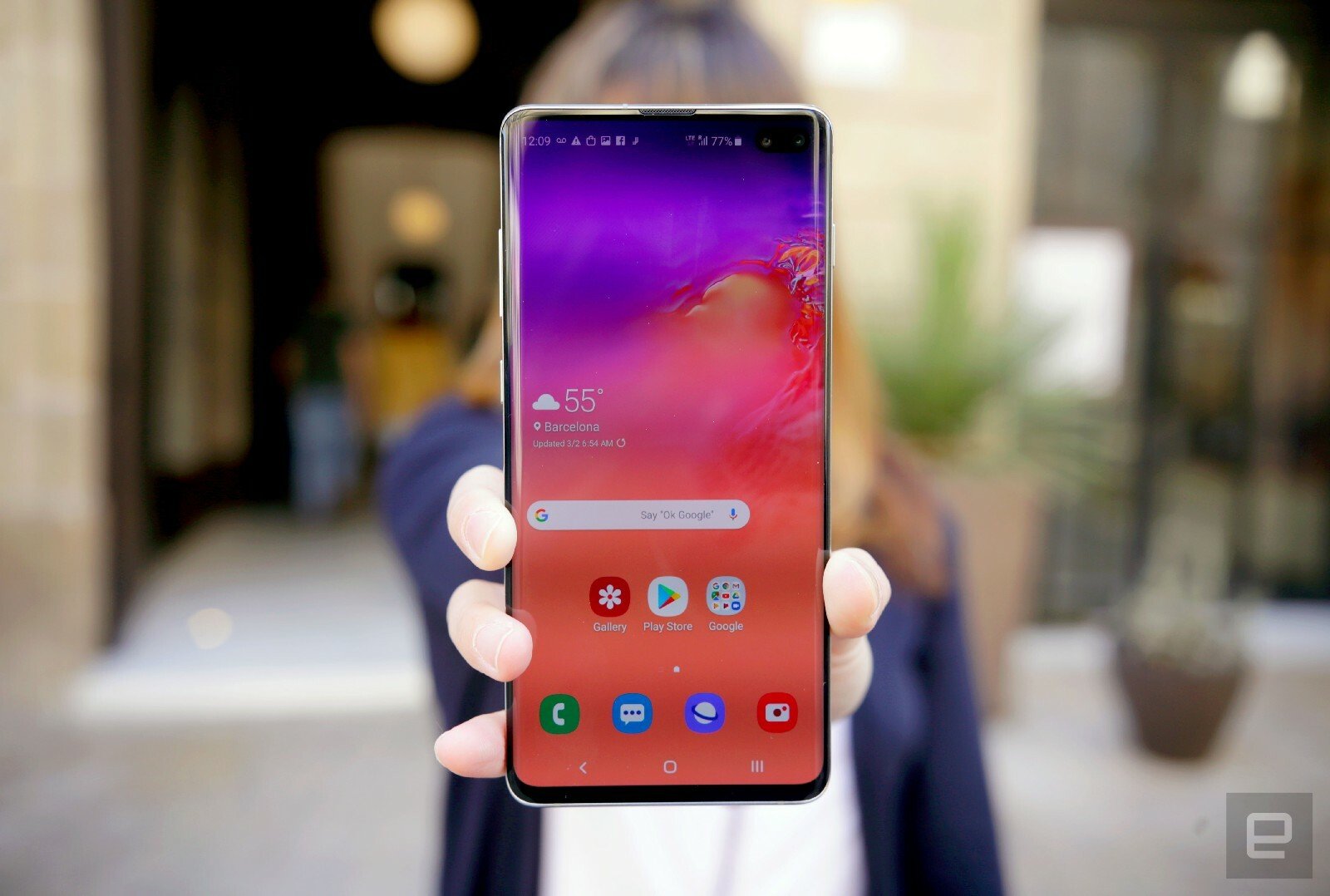In heated Twitter threads and editorials about the newest and most controversial gaming platforms around, the DRM-free bit of NVIDIA’s news seemed to barely register with fans. A feature that would’ve made headlines in 2010 is often relegated to a single sentence at the base of the inverted pyramid, or not mentioned at all.
That’s because, over time, we got used to DRM. Every major gaming platform today relies on DRM, with companies like Valve, Epic Games, Microsoft, Sony and Nintendo owning players’ libraries in some form. In a digital-first ecosystem, it’s just easier this way.

Players weren’t so agreeable when it came to SecuROM, the granddaddy of DRM. Publishers started using the anti-piracy software in earnest around 2007, when physical discs and midnight GameStop release parties were all the rage. SecuROM was a flashpoint of controversy particularly in the launches of BioShock, Mass Effect and Spore, limiting the number of times these titles could be installed and forcing players to routinely connect to the internet for authentication. By 2010, Ubisoft was pushing always-on DRM for games including Assassin’s Creed 2 and Splinter-Cell: Conviction, requiring players to maintain a constant internet connection, even for offline play. Ubisoft’s approach to DRM routinely broke the games it was built to protect and the response from players was unanimously negative.
Players called SecuROM punitive and hostile, and wondered why they needed an internet connection to play these games offline. EA, 2K, Ubisoft and other publishers tweaked their anti-piracy systems in response to mobs of criticism. Spore publisher EA faced a class-action lawsuit over the game’s SecuROM features.
Meanwhile, Valve was building out Steam. The storefront was initially designed to streamline the patch process for games like Counter-Strike, and also make it easier for Valve to implement anti-piracy and anti-cheat measures. Steam was built to be a DRM machine.

Valve made Steam a requirement in 2004 with the launch of Half-Life 2 — anyone who wanted to play the game, even those with physical copies, had to launch the client first. Players balked at the move, but Half-Life 2 had enough hype to sustain this plan, and Steam continued to grow. As Valve added dozens and then thousands of third-party games to its store over the years, the company implemented features like offline play and Family Sharing to assuage fans that had been burned by bad DRM practices.
Valve is too big to fail.
More importantly, Steam made buying games easy. Instead of picking up discs and typing out long CD keys, Steam offered one-click access to a massive lineup of new releases and old classics. Players bought into this online-first system entirely, and today, Steam has 1 billion registered users and 90 million monthly active players. Despite determined competitors like GOG (a longstanding DRM-free gaming hub) and the Epic Games Store, it’s the undisputed leader in digital distribution.
Steam still runs on DRM. Even in offline mode, players still need to connect with the Steam client to launch any of their games. As it stands, if Steam shut down today, everyone’s libraries would become instantly unplayable.
Generally, users are OK with this threat — after all, it’s Valve. It’s the company that made DRM palatable in the 2000s. It’s the multibillion-dollar corporation led by benevolent nerd king Gabe Newell. It’s the studio behind Half-Life, Portal, Dota 2, Left 4 Dead, Team Fortress 2 and Counter-Strike. Valve is too big to fail.
As someone who entered college at the height of the Great Recession, that phrase still sends shivers down my spine.




